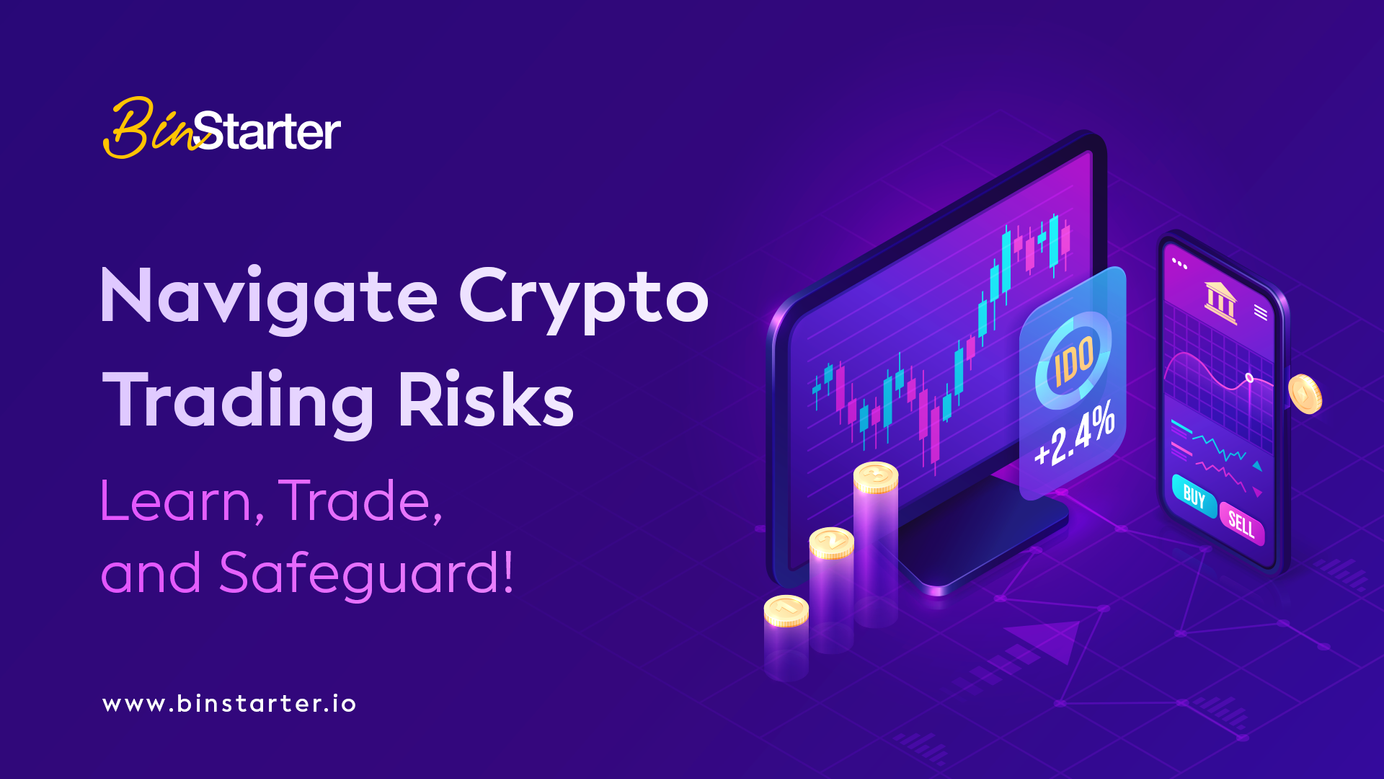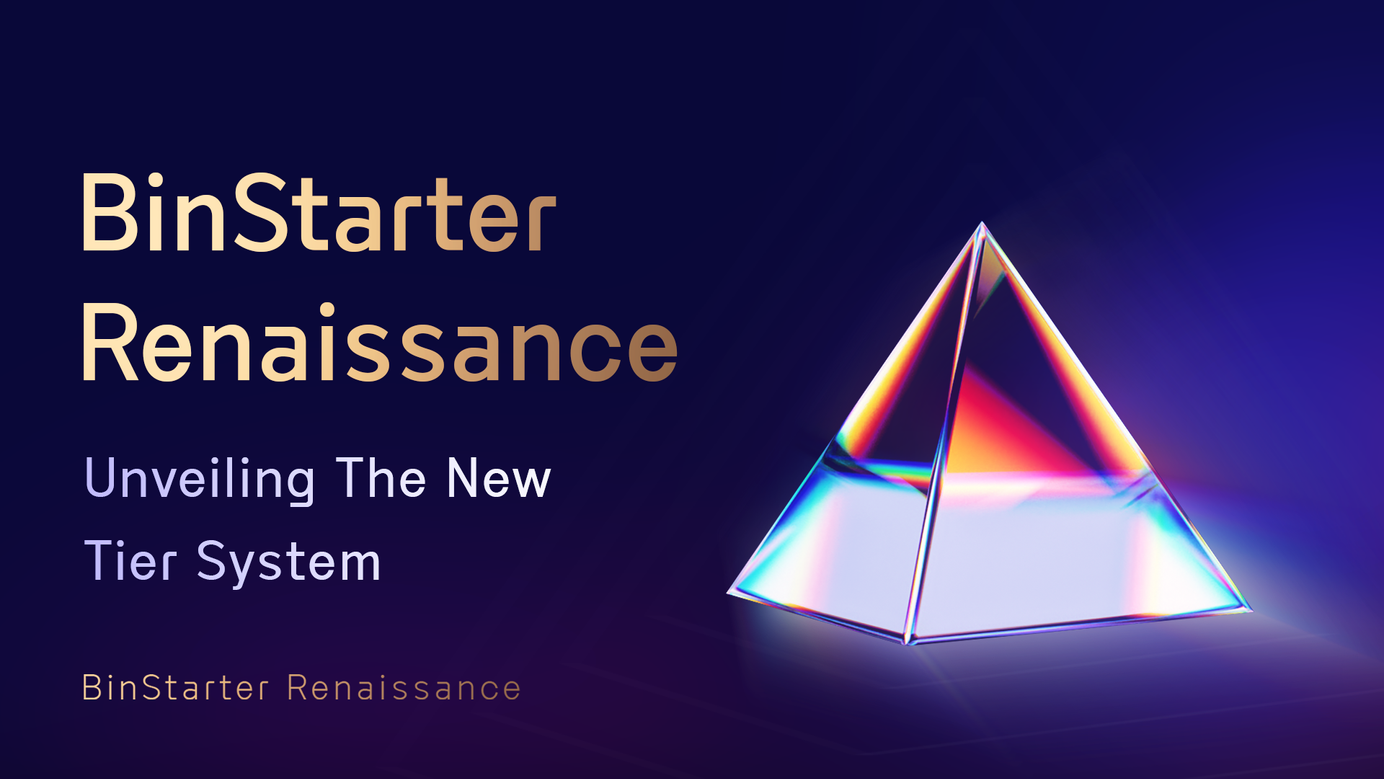
Managing Risks in Crypto Trading
Steering Through the Turbulence of Cryptocurrency Markets
Introduction
In the dynamic world of cryptocurrency trading, mastering risk management is not just wise—it's essential for survival. This article aims to explore the art of risk management in crypto trading, from basic principles to sophisticated strategies used by experienced traders. Understanding how to manage risks allows participants to engage with the crypto market safely and profitably.
What is Crypto Risk Management?
At its core, crypto risk management is the process traders use to identify, evaluate, and mitigate risks to optimize their investment strategies. It involves a disciplined approach to preserving capital and maximizing returns, incorporating strategies like stop-loss orders, portfolio diversification, and informed decision-making based on fundamental and technical analysis.
The Importance of Crypto Risk Management
The volatile nature of the crypto market makes risk management indispensable. It's about making informed trading decisions, setting boundaries to protect your investment, and ensuring that potential rewards justify the risks taken. Adhering to a predetermined risk-reward ratio and maintaining discipline in the face of market fluctuations are critical components of effective risk management.
Strategies for Effective Crypto Risk Management
Effective crypto risk management is crucial for navigating the volatile cryptocurrency market. It involves a set of strategies designed to minimize potential losses while maximizing returns. Here’s a detailed explanation of several key strategies:
1. Diversification
Principle: "Don't put all your eggs in one basket."
- How it Works: Spread your investment across different cryptocurrencies and asset classes (e.g., stocks, bonds) to reduce the impact of a poor performance from any single asset.
- Benefits: Mitigates the risk of significant losses if one asset underperforms, as others might perform well, balancing the overall portfolio performance.
2. Setting Stop-Loss and Take-Profit Orders
Principle: Automate selling points to prevent emotional decision-making.
- Stop-Loss Orders: Set an automatic sell order for a cryptocurrency at a certain price below its current level to limit potential losses.
- Take-Profit Orders: Similar to stop-loss, but it's set above the purchase price to secure profits before the market potentially moves against your position.
- Benefits: Helps maintain discipline, ensuring you don’t hold onto a losing position too long or exit a profitable one too early based on emotional reactions.
3. Understanding and Using Risk-Reward Ratios
Principle: Evaluate the potential reward of an investment against its risk.
- How it Works: Before entering a trade, assess the potential upside versus the downside. A common risk-reward ratio is 1:3, where you risk $1 to potentially make $3.
- Benefits: Ensures that trades taken have a higher potential for profit relative to their risk, aiming for a positive overall return even if some trades are losses.
4. Employing Fundamental and Technical Analysis
Principle: Make informed decisions based on thorough research.
- Fundamental Analysis: Evaluate the intrinsic value of a cryptocurrency based on its underlying factors and potential for future growth (e.g., technology, team, market adoption).
- Technical Analysis: Use historical price data and chart patterns to predict future movements.
- Benefits: Increases the likelihood of making profitable trades by basing decisions on comprehensive market analysis rather than speculation.
5. Leverage Management
Principle: Use borrowed funds cautiously.
- How it Works: Trading on leverage means using borrowed money to increase the size of a position. While it can amplify profits, it also increases potential losses.
- Benefits: By carefully managing leverage, traders can enhance their profit potential without taking on excessive risk.
6. Regular Portfolio Review and Rebalancing
Principle: Keep your investment strategy aligned with your risk tolerance and market conditions.
- How it Works: Periodically review your portfolio to ensure it's balanced according to your risk appetite, rebalancing as necessary to maintain your desired asset allocation.
- Benefits: Protects against market volatility and the risk of an imbalanced portfolio becoming too exposed to undesirable assets.
7. Continuous Education
Principle: Stay informed about market trends and risk management techniques.
- How it Works: Keep up-to-date with the latest cryptocurrency news, analysis, and risk management tools. Participate in forums, webinars, and courses.
- Benefits: Enables traders to adapt their strategies to new information and market conditions, potentially avoiding significant losses and capitalizing on emerging opportunities.
8. Emotional Control
Principle: Avoid making trading decisions based on emotions.
- How it Works: Recognize emotional triggers and establish a trading plan that dictates your entry, exit, and risk management rules.
- Benefits: Prevents rash decisions based on fear or greed, contributing to more consistent trading outcomes.
Implementing these strategies requires discipline, research, and an ongoing commitment to learning. As the crypto market evolves, so should your risk management practices, ensuring that you're always positioned to navigate its challenges effectively.
Measuring Risks in Crypto Trading
Effective risk management starts with accurately assessing the potential risks involved in a trade. This includes analyzing volatility, understanding market sentiments, and employing quantitative metrics to gauge risk-reward scenarios. Tools like volatility analysis, fundamental and technical analysis, and the Sharpe ratio play significant roles in this process.
Advanced Risk Management Techniques
While the initial overview focused on foundational strategies, advanced techniques such as hedging and understanding position sizing are indeed crucial for a more sophisticated approach to managing crypto investment risks:
- Hedging: This involves taking positions in the market to offset potential losses on your investments. For example, if you hold a significant amount of a particular cryptocurrency, you might short sell a related crypto asset or use derivatives like options as insurance against a downturn in the market.
- Position Sizing: Critical for managing the amount of capital risked on any single trade. By calculating the size of positions based on the volatility of the asset and the overall risk tolerance of the portfolio, traders can ensure that a bad trade won’t significantly impact their total investment capital.
Common Crypto Trading Risks
Addressing common risks directly related to crypto trading is essential for a comprehensive risk management strategy. These risks include:
- Market Risk: The risk of losses due to the movement of the market. In the crypto world, this is highly relevant due to the market's volatility.
- Liquidity Risk: Refers to the risk that an asset cannot be bought or sold quickly enough in the market to prevent a loss or make the desired profit. In the crypto market, this can vary significantly between different coins and tokens.
- Regulatory Risk: The uncertainty around changes in laws and regulations can have a substantial impact on cryptocurrency markets. For example, announcements of stricter regulations can lead to market downturns.
- Operational Risk: Includes risks of loss due to faulty processes, systems, or external events affecting the assets. This can range from exchange hacks to loss of access to a private wallet.
Conclusion
Risk management in crypto trading is an ongoing process that requires vigilance, discipline, and a commitment to continuous learning. By implementing sound risk management practices, traders can protect their capital, optimize their trading strategies, and navigate the crypto market with greater confidence and success. Remember, in the fast-moving and uncertain world of cryptocurrencies, being prepared and staying informed are your best defenses against the unpredictable.
About Binstarter
Launched in June 2021, Binstarter is a trailblazer in decentralized finance, renowned as the first multi-chain IDO platform with an Extended Insurance Protocol (EIP). Our platform is committed to transparency, fairness, and innovation, offering secure and efficient fundraising solutions for startups. At Binstarter, we aim to revolutionize the DeFi landscape by reducing risks, enhancing user experiences, and empowering startups for successful launches.
Website | Announcement Channel | Telegram Chat | Twitter | Blog
BinStarter Blog & News Newsletter
Join the newsletter to receive the latest updates in your inbox.





